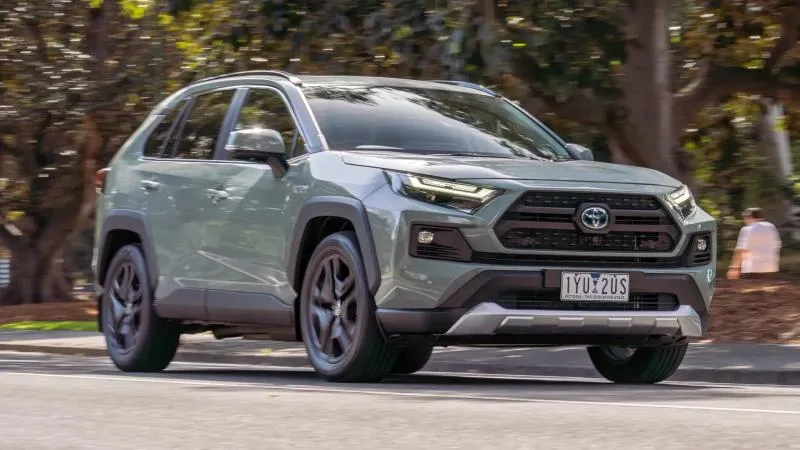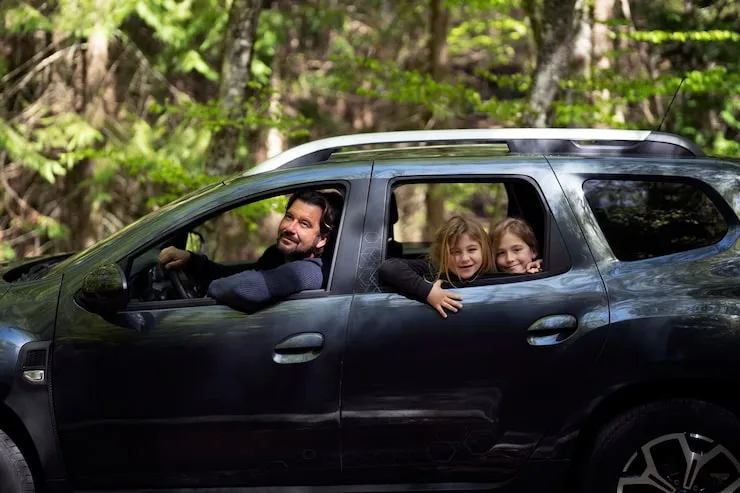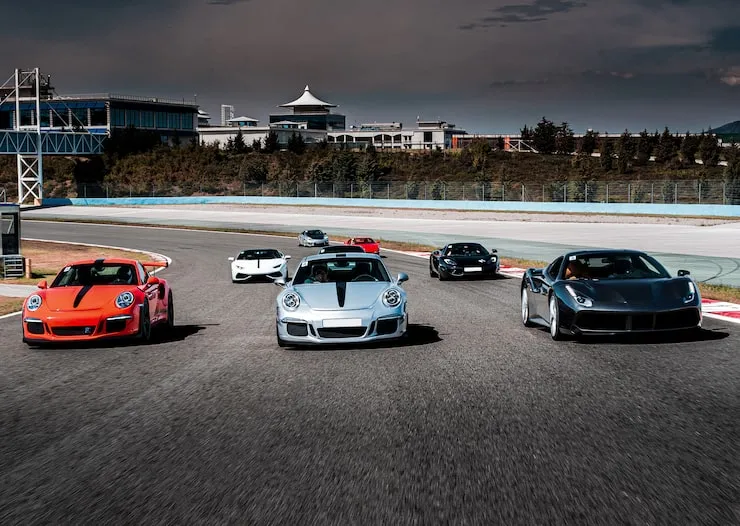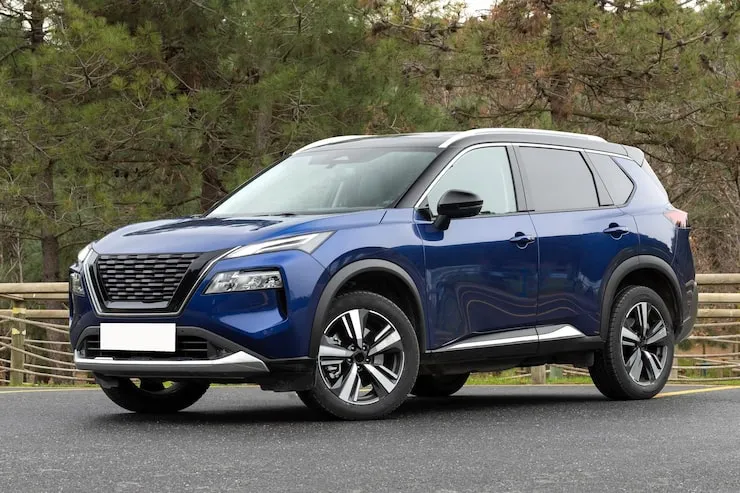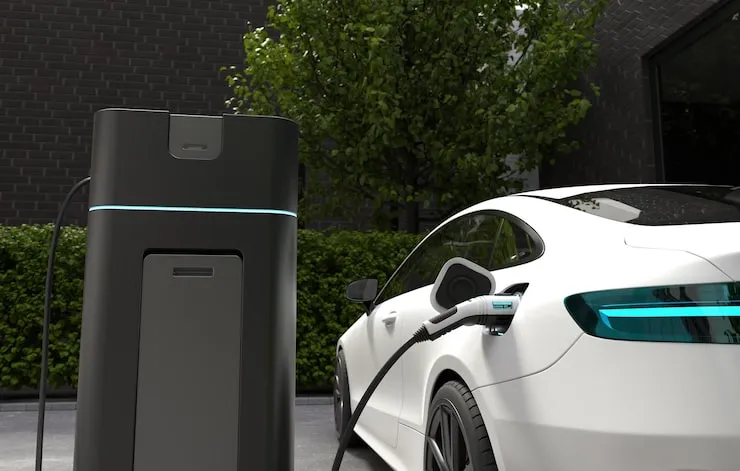Australia is seeing a noteworthy move in the car industry, with electric vehicles (EVs) getting to be progressively prevalent among customers. According to the latest VFACTS electric vehicle sales trends Australia, 2025 has halted an untapped advancement in the nation's progress toward sustainable adaptability. The advertisement is advancing quickly, driven by approach changes, mechanical advancements, and expanding natural awareness.
In this comprehensive article, we will break down the key VFACTS information, investigate EV showcase development, top-selling models, buyer behavior, and future forecasts.
What are VFACTS and Why Things for EV Trends?
The Government Chamber of Car Businesses (FCAI) discharges the VFACTS (Vehicle Actualities) report month to month, advertising point by point measurements on modern vehicle deals over Australia. It includes all of the main types, including plug-in hybrid electric cars (PHEVs), cross-breed electric vehicles (HEVs), and battery electric vehicles (BEVs).
The VFACTS report is considered the most dependable and up-to-date source for understanding EV deals patterns in Australia. For automakers, policymakers, and buyers, VFACTS information plays a basic part in following the appropriation and execution of zero-emission vehicles.
Key Highlights from the 2025 VFACTS EV Deals Report
Record-Breaking EV Deals Growth
To begin with half of 2025, electric vehicle deals in Australia surged by 42% compared to the same period in 2024. More than 97,000 EVs were sold between January and June 2025, making up 13.6% of add up to unused car sales.
This development is the result of:
- Increased charging infrastructure
- Federal and state-level rebates
- Competitive estimating from worldwide EV brands
- Growing customer certainty in EV technology
Battery Electric Vehicles (BEVs) Lead the Charge
Among the distinctive categories, battery electric vehicles accounted for 76% of add up to EV deals in Australia in 2025. Plug-in half breeds and ordinary cross breeds taken after, appearing that Australians are progressively picking for completely electric models over transitional ones.
Top-Selling EV Brands and Models in Australia (2025)
1. Tesla
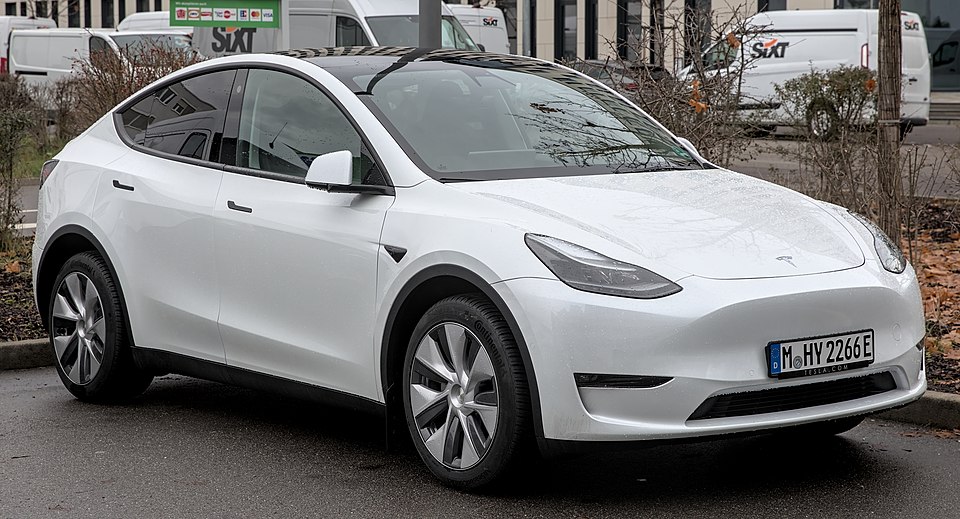
Unsurprisingly, Tesla proceeds to rule the Australian electric vehicle showcase. The Demonstrate Y remained the top-selling EV for the third continuous year, taken after closely by the Demonstrate 3.
2. BYD
Chinese automaker BYD has picked up noteworthy footing, particularly with the Atto 3 and Seal, advertising reasonable choices with long-range capabilities.
3. MG Motors
MG’s ZS EV proceeded to perform well, much appreciated for its competitive estimating and neighborhood dealership support.
4. Hyundai and Kia
With their innovative designs and impressive performance, Hyundai's Ioniq 5 and Kia's EV6 have established themselves as leaders in the luxury EV market.
5. Volvo and Polestar
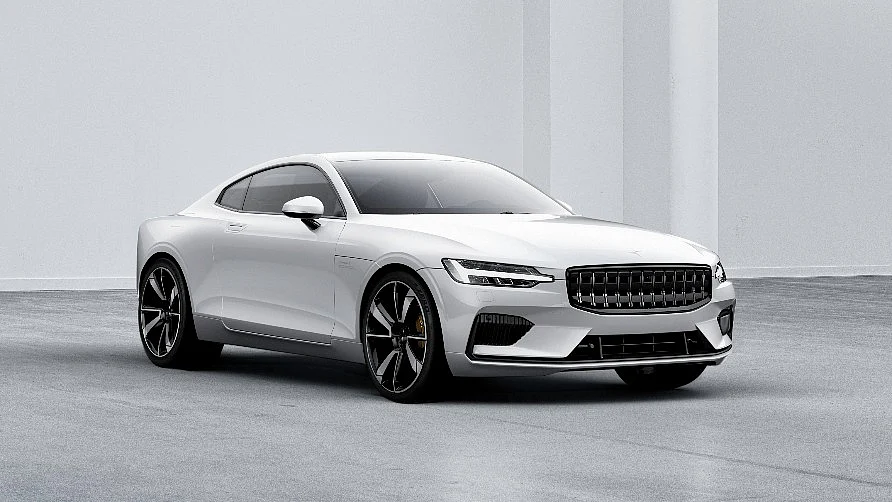
Luxury-focused EVs like the Polestar 2 and Volvo XC40 Energize are well known among urban experts and sustainability-conscious families.
State-by-State Breakdown of EV Deals Trends
Unused South Ribs (NSW)
NSW leads the country in EV appropriation, bookkeeping for 35% of add up to EV deals. The state government’s liberal EV discount conspiracy and toll exclusions are solid incentives.
Victoria
Despite early concerns almost all the EV street clients assess, Victoria remains the second-largest EV advertiser, with a developing number of open charging stations boosting confidence.
Queensland
With extending framework along major interstates, Queensland has seen a 55% year-over-year increment in EV registrations.
Western Australia & South Australia
Both states are quickly catching up, particularly with large-scale government armada moves and private segment speculations in green mobility.
Factors Driving EV Deals Development in Australia
1. Government Incentives
Federal and state governments have introduced:
- EV discounts up to $3,000
- Stamp obligation waivers
- Fringe benefits assess (FBT) exclusions for armada EVs
These arrangements are key donors to the electric car development in Australia.
2. Expanded Demonstrate Availability
In 2025, over 45 EV models are presently accessible in Australia over different fragments – from hatchbacks to SUVs and utes. These differing qualities requests a more extensive shopper base.
3. Made strides Charging Infrastructure
The rollout of fast-charging systems like Chargefox, Evie, and Tesla Superchargers has essentially decreased run anxiety.
4. Rising Fuel Costs and Natural Awareness
Soaring petrol costs and climate alter concerns are pushing Australians toward low-emission vehicle options.
Challenges Confronting the Australian EV Market
Despite solid development, a few obstacles remain:
1. Tall Forthright Costs
Although EV costs are dropping, numerous models are still more costly than their petrol counterparts.
2. Charging Holes in Country Areas
Remote and territorial zones need a satisfactory fast-charging foundation, constraining EV accessibility.
3. Restricted Second-hand EV Market
The pre-owned electric car fragment is still in its earliest stages, diminishing reasonableness for budget-conscious buyers.
EV Appropriation Estimate for Australia (2025–2030)
According to projections based on VFACTS and industry insights:
- EVs may speak to 25–30% of all unused car deals in Australia by 2027
- By 2030, this may rise to 60–70% if current development rates continue
- Government armadas are anticipated to move to 100% electric inside the following 3–5 years
This unfaltering force shows that Australia is on track toward a zero-emission future.
Consumer Behavior & EV Buy Trends
Socioeconomics Shifting
In essence, early EV adopters were tech enthusiasts and environmentally conscious consumers. Presently, families, little businesses, and armada administrators are entering the market.
Best Buy Drivers
- Lower running and support costs
- Access to carpool paths in certain cities
- Positive surveys and test drives
- Home charging convenience
Read More:- Luxury Car Market Australia 2025
How VFACTS Information Underpins Approach and Industry Planning
The VFACTS electric vehicle deals patterns Australia information is an important asset for:
- Policymakers forming transport and climate activity plans
- EV producers choosing demonstrate dispatches and pricing
- Real domain engineers arranging EV-friendly housing
- Energy suppliers assessing future power framework demands
Conclusion: Australia's Road Ahead for Electric Vehicles
It is evident from the 2025 VFACTS electric vehicle sales trends Australia. With solid backing from government arrangements, developing show differing qualities, and moving open demeanors, the EV transformation is presently well underway.
While challenges stay, particularly around estimating and framework, the drift is unmistakable: Australians are grasping a cleaner, greener future on four wheels.
As the auto industry adjusts, shoppers and businesses alike stand to advantage from this maintainable move. Keep an eye on month to month VFACTS upgrades to remain educated almost how Australia’s electric car travel proceeds to advance.

